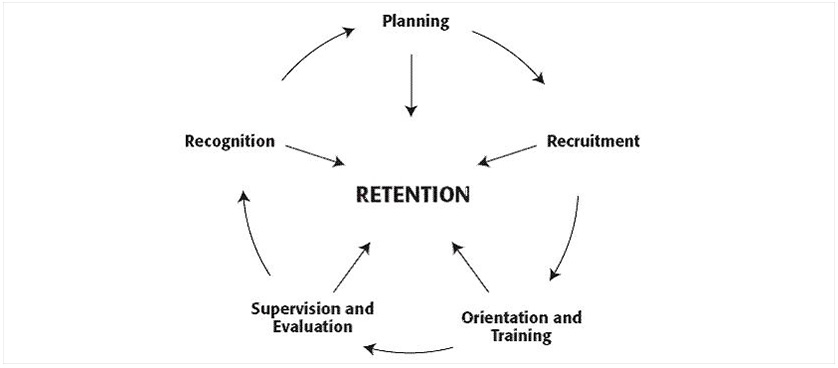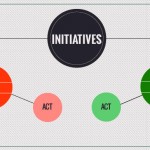Managing the performance of volunteers
Voluntary organizations bring a significant contribution to the social and economic welfare of a community. A great number of people now express their desire to be a part of such an organization, their contribution gaining social recognition and personal satisfaction. The non-governmental organizations gather volunteers by selecting them from a number of applicants.
The nonprofit sector is now benefiting from a substantial growth in the number of people wanting to belong to this area or of those already in it. The non-governmental organizations receive sponsorship from individuals or companies that wish to make a contribution to their community and help sustain the various causes. People of all ages and social statuses may become members of NGOs, as long as they prove to be committed to their work.
Managing the teams of volunteers can face a series of issues that may arise from different roots. Having to deal with people of different backgrounds, skills and interests, it is necessary to focus on some key aspects of working with volunteers. To begin with, a study performed by the Ontario Health Promotion emphasizes the need of a high performance system in the structure of each voluntary organization. Apart from volunteers, NGOs also have a portion of employed staff which is responsible for leading the teams of volunteers. Among their responsibilities, training the volunteers according to the work they are going to perform is in some cases, crucial for the well-being of the organization.
An important question arises from the whole concept of volunteering: if the work is left on the hands of people who have no obligation towards the organization, how well is their performance monitored and improved? It is crucial to keep in mind the fact that the people who volunteer, do it out of goodwill, and much more respect should be given to their act. However, once they get to begin working, their performance should be measured in order to analyze the ups and downs of their activity.
Zacharatos, Barling and Iverson proposed in a study of high-performance work systems on workplace safety a set of ten practices that form the high performance work system:
- Selective recruitment – this step focuses on choosing the best of the best for the specific work. When going through an extensive selection process and finally entering the team, the candidate gains a sense of belonging to a high standard organization and his or her eagerness to work grows instantly.
- Extensive training – the importance of training relies on achieving new skills and working on those already possessed by the employees; it is highly important to focus on the training stage as the employees gain new strategies to work their potential.
- Self-managed teams and decentralized decision-making. This practice enables the employees to gain control over the activities of the organization, their productivity being increased on this basis.
- Information sharing – in order to perform their activities according to the requirements, employees need to have access to the information regarding the company.
- Adequate compensation – a good wage always attracts better prepared candidate and motivates them to work harder and better.
- Transformational leadership – the characteristics of this term (idealized influence, inspirational motivation, intellectually stimulating and individualized consideration) support the task of improved performance.
- Measurement of management practices and employee performance
- Reduced status distinctions – this practice discourages an “us” versus “them” mentality, and supports the idea of communication and common goal seeking.
- Employment security – the security of a job enables the employees to commit more to the work they are doing, thus rewarding the employer for the stability given.
- High-quality work – workers adjust their work strategies according to the quality they perceive in the company.
In what concerns performance management and measurement in the case of volunteers, only six high performance work practices may be used: selective recruitment, extensive training, adequate compensation which in the case of volunteers translates into recognition, measurement of performance, involvement (self-managed teams + information sharing) and last but not least transformational leadership. The work of volunteers is just as important as the one performed by employees who get remunerated for their work. There are however a few limitations regarding the measurement of volunteers’ performance: the data available is only based on the perceptions of the supervisors and not on real, concrete information.
Overall, measuring the performance of volunteers highly depends on having a well-established system that monitors the work of each member of the organization, and records the advances in the process. By following the six practices mentioned above, a voluntary organization is more likely to work with people who can ensure the success of each activity, based on the grounds of their skills and willingness to collaborate.
References
- Ontario Health Promotion (2009), Ontario health promotion e-bulletin , 27 November 2009 – OHPE bulletin 640, Volume 2009, No. 640
- Kendall, J. and Knapp, M. (2000), Measuring the performance of voluntary organizations
Image Source:

Tags: Non-Governmental, Non-Profit performance, Performance in Canada, Performance Management, Performance Management Taxonomy






